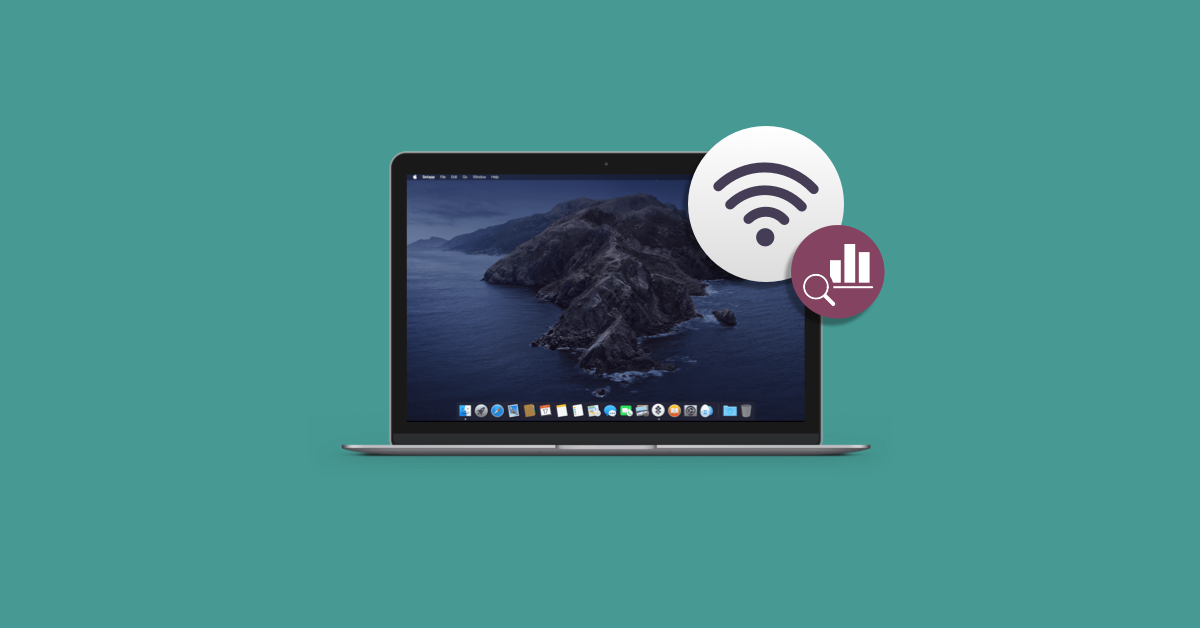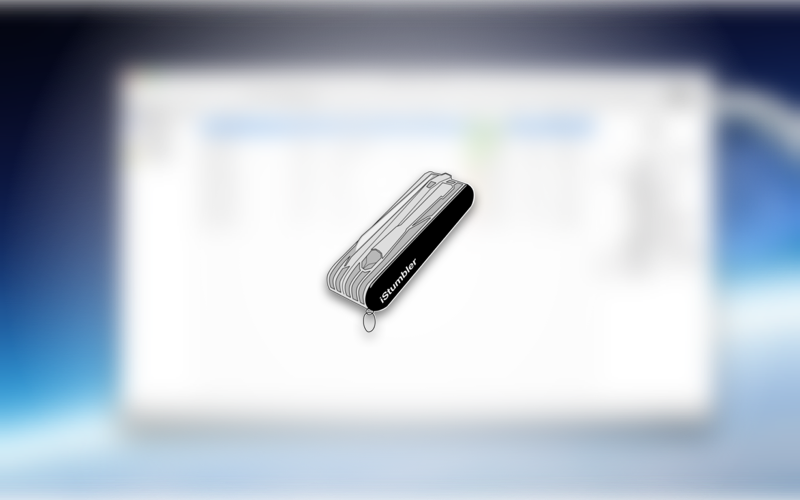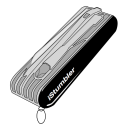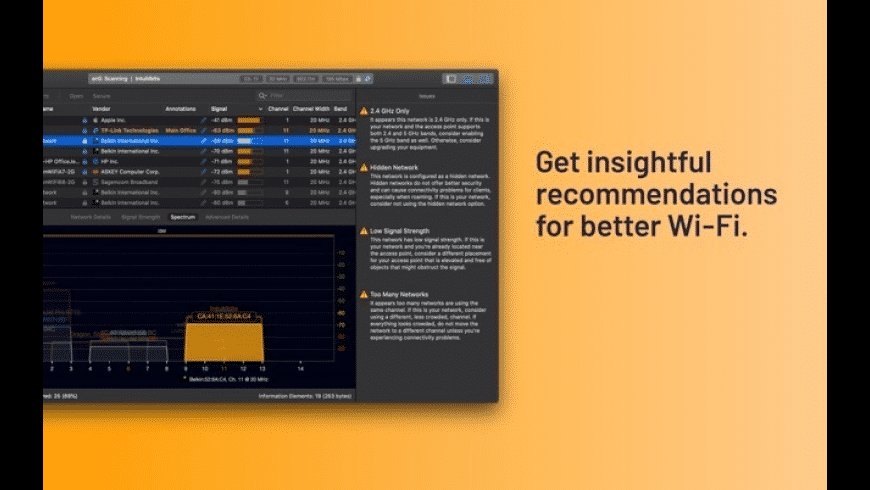

This means that packet discovery and network data capture is usually reserved for legitimate purposes and network optimization, and it is a fairly common task in large network environments. However, most services today use encryption to transfer data, and most wireless networks are encrypted with WPA security, both of which address many of the concerns that were once justified. The latter is one of many that shows why it is so important to only join a secure Wi-Fi network. There are also more questionable purposes for packet sniffing, and because it captures the raw data that flows across a network, the type of information that can be collected on unsecured wireless networks is potentially revealing. This is especially true if you have a recurring problem where network performance suffers, as it can help diagnose the cause and limit the action to be taken by IT personnel or a network administrator.

There are many reasons and purposes for packet trace logging, but the most common is arguably for network troubleshooting, either to identify a connection problem or to better understand a particular network problem. When you have that information, head into your router’s WiFi settings and adjust the Wireless Channel to whatever that WiFi Scanner recommended.Why record a package trace and how do you benefit from tracking packages? Just click on ‘Scan Now’ on the bottom right of that window to refresh the results! If you want to find the best WiFi Channel, you’ll want to look for the left column where it says “best 2.4GHz” and “best 5GHz”. Step 3: Find your optimal Wi-Fi channelĬlicking on Scan will open up a new window with all the wireless networks around you, along with a bunch of other data. Note: if you’re feeling like a pro you can also type CMD + ⌥ option + 4. When you’ve got the Wireless Diagnostics window open, head to the top left of your display towards the menu bar again, click on the ‘Window’ option, and then ‘Scan’. Note: you could also type ‘Wireless Diagnostics’ into Spotlight - it’ll bring up the same window for step 2. This will bring up a secret menu with a bunch of other information. Near the top, you’ll see an option called ‘Open Wireless Diagnostics’ - click on that.

Once you’re there, push down the Option key ⌥ (next to the CTRL key) on your keyboard and click the icon at the same time.

Head up to your Mac’s menu bar and track down the WiFi icon. How To Access the Wi-Fi Scanner in Mac OS X Mavericks How To Access The WiFi Scanner In Mac OS X Yosemite How To Access The Wi-Fi Scanner In Mac OS X El Capitan


 0 kommentar(er)
0 kommentar(er)
